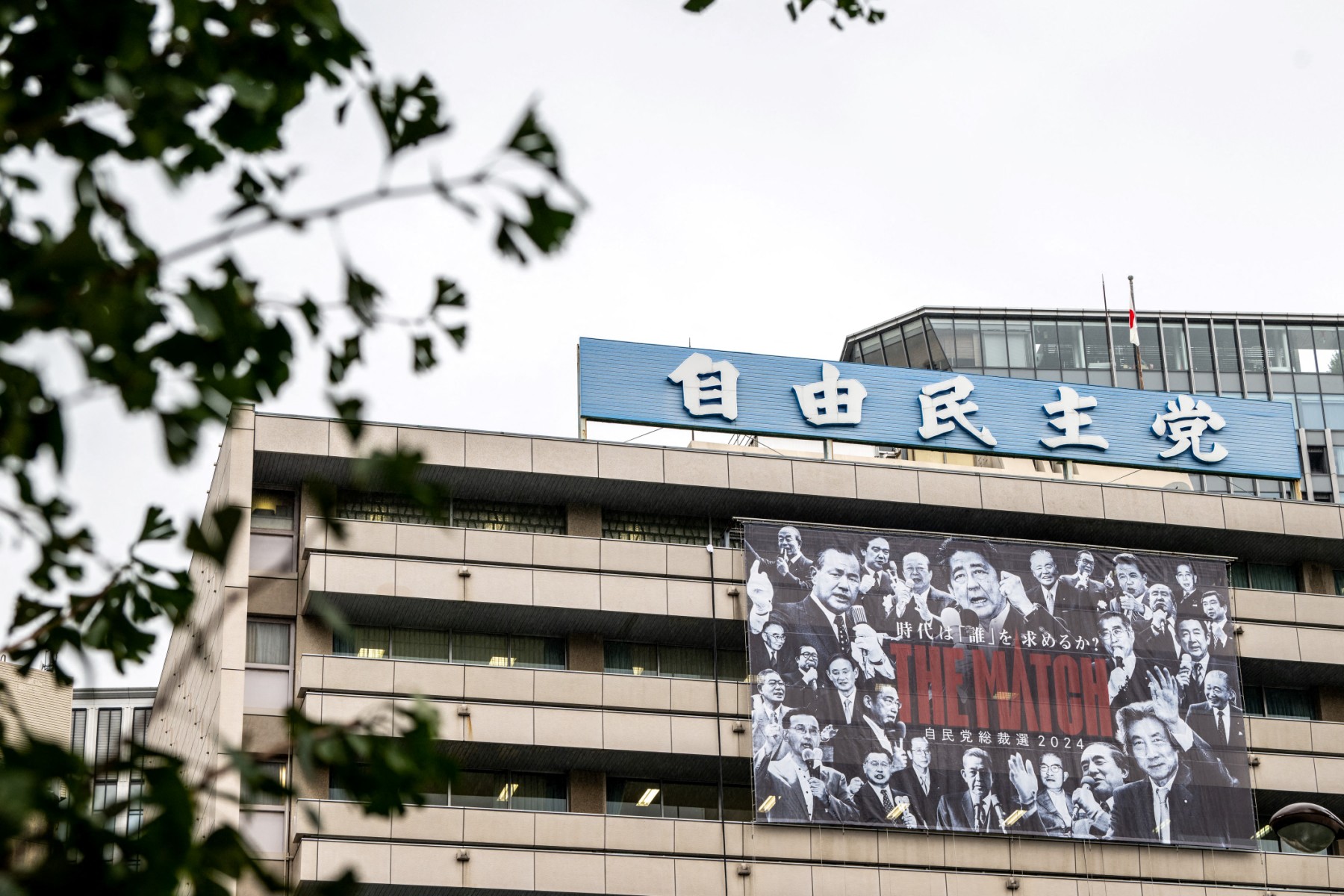
The top contenders to lead Japan’s ruling Liberal Democratic Party will need to collaborate with opposition parties to help make progress on policy and stabilize the LDP’s shaky grip on power.
After losing its majority in both houses of parliament in recent elections, the LDP and its junior coalition partner Komeito are now 13 seats short of the majority needed to pass budgets and other key legislation in the more powerful lower chamber.
All five leadership candidates, including frontrunners Agricultural Minister Shinjiro Koizumi and former economic security minister Sanae Takaichi, have expressed openness to expanding the ruling coalition to other parties if necessary. If that’s not possible, they will need to secure some kind of policy-based cooperation to make headway in parliament.
Either way, there will be a price to pay. The opposition parties have called for a sales tax cut in some form. That’s a costlier measure for helping households deal with inflation than the cash handouts floated by the LDP in the summer. Even a “temporary” lowering of the tax may also prove hard to reverse.
With bond yields jumping over fiscal concerns, the next LDP leader will need to carefully calculate the cost balance between political stability and market volatility.
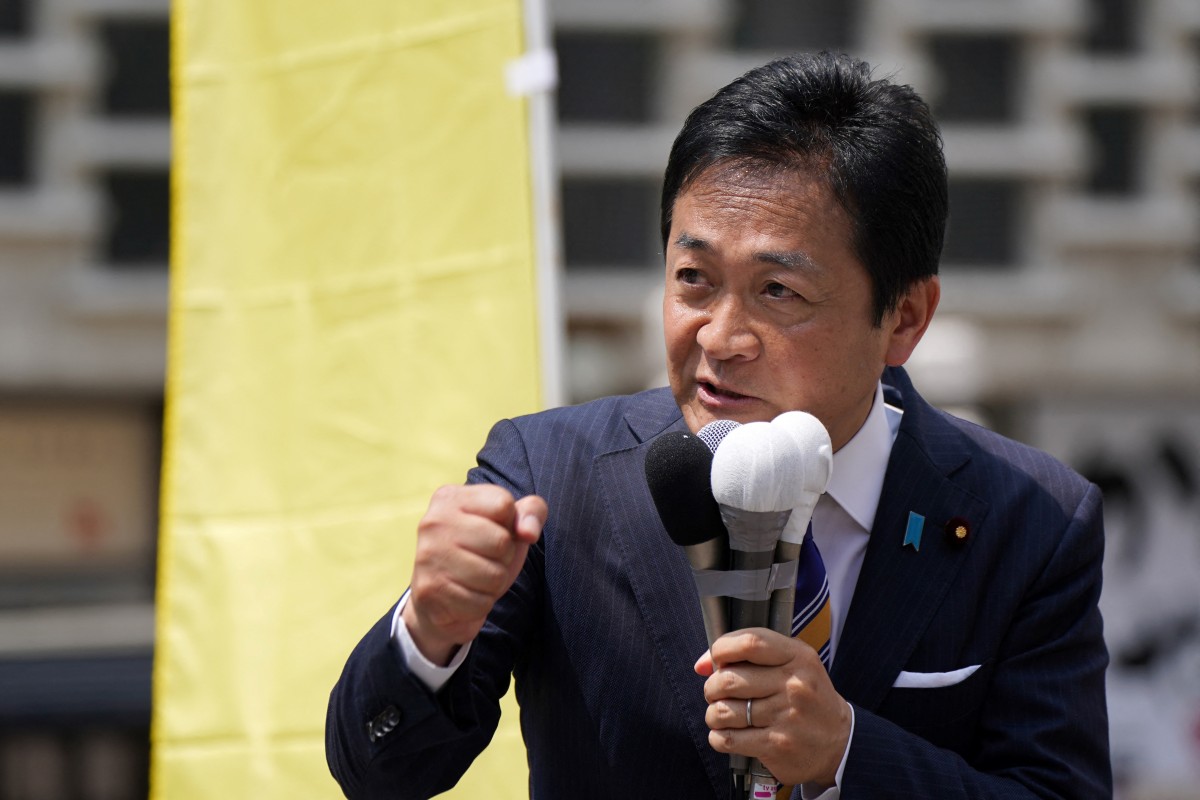
Democratic Party for the People (27 seats)
The DPP is a key contender for cooperation. Its growing appeal, especially among younger voters, could help the LDP broaden its base if brought into a coalition. But the party’s high-cost agenda represents fiscal risks for the ruling party and the nation.
The party’s flagship proposal is raising the tax-free income threshold from 1.03 million yen ($7,000) to 1.78 million yen. The LDP signed an agreement with the DPP to head in that direction in exchange for support on an extra budget, a move that’s already set to trim tax revenue by 1.2 trillion yen, according to the ruling party. The Finance Ministry has estimated the lost revenue of lifting the ceiling by the full amount at up to 8 trillion yen.
The party also calls for a blanket sales tax cut to 5 percent. The DPP says it can finance the resulting 10 trillion yen shortfall through bond issuance, the surplus from special accounts and unused government funds.
Among the candidates, Koizumi’s tax proposals closely reflect DPP positions on adjusting exemptions to match inflation and wage growth to improve take-home pay. Former economic security minister Takayuki Kobayashi also proposes a revamp of the income tax system to increase take-home pay, while Toshimitsu Motegi pushes for handouts to regional economies in the trillions of yen.
Still, remaining outside the coalition may help the party stay true to the policy aims that have won it votes. Party leader Yuichiro Tamaki told Bloomberg he was not looking to rush into a coalition and had no interest in a cabinet position.
Other policies:
- To lower gasoline and electricity prices
- To double investment in education and science, with bond issuance if needed
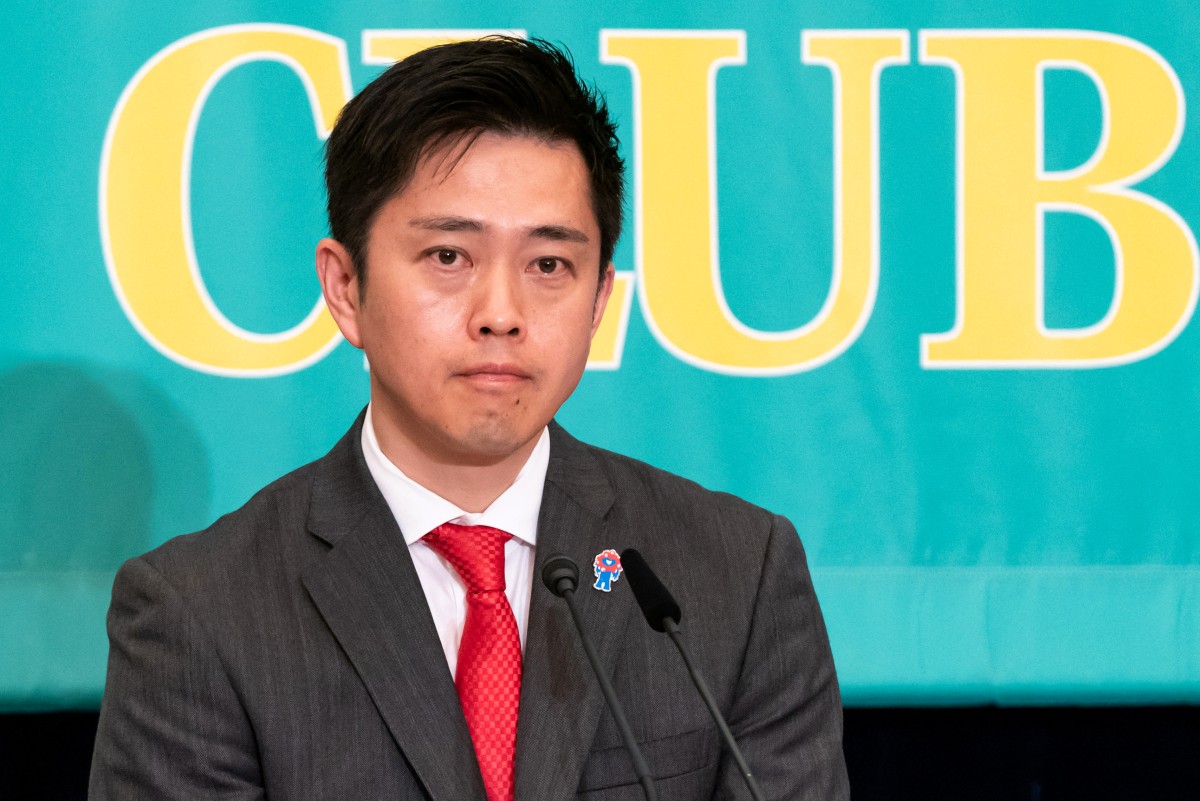
Japan Innovation Party (Ishin) (35 seats)
Osaka-based Ishin is another potential option. The party retains enough strength to help the ruling bloc regain a majority. With its support softening in the July election while other parties gained traction, the option of working within the coalition may be relatively attractive.
Ideological similarities with the LDP, particularly on constitutional revision, could also move along coalition talks. The right-leaning party supports a targeted sales tax cut that lowers the rate on food to 0 percent for two years, with the cost theoretically covered by tax revenue surpluses.
Like the DPP, Ishin has already cooperated with the LDP and Komeito. Ishin backed the annual budget for the current fiscal year after securing commitments from the LDP on free high school education and reduced social insurance premiums. Chief Cabinet Secretary Yoshimasa Hayashi has proposed a universal credit system that would support lower and middle income households.
The party is now pushing its “second capital” initiative, which aims to offer up Osaka as an alternative to Tokyo in case of natural disasters and other risks. Ishin’s co-leader Fumitake Fujita welcomed Takaichi’s endorsement of the plan.
Co-leader Hirofumi Yoshimura said he wouldn’t rule out joining the coalition. The 50-year-old also praised Koizumi’s reformist stance during their joint appearance at the Osaka Expo in August.
Other policies:
- Cut healthcare costs by 4 trillion yen annually
- Deregulate key sectors, including ride-sharing and farming
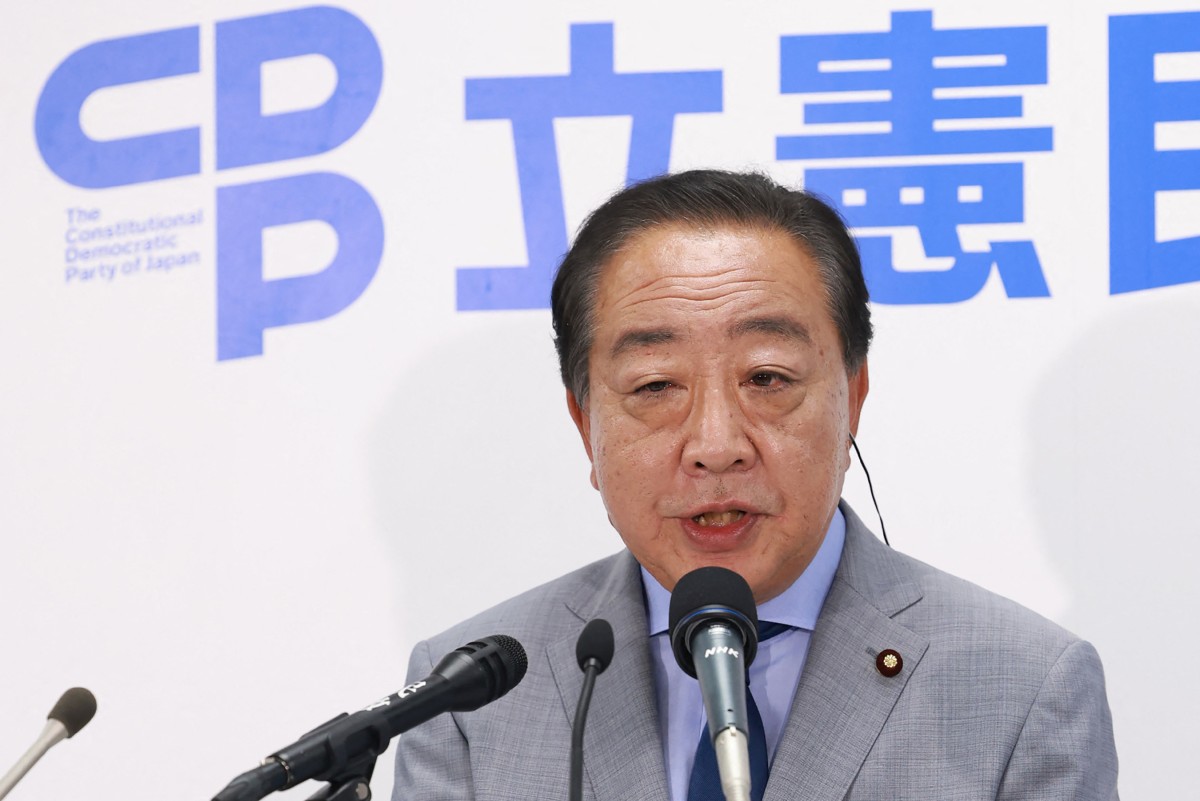
Constitutional Democratic Party (148 seats)
While less likely as a coalition partner due to policy differences, some cooperation with the Constitutional Democratic Party is not off the table. The ruling bloc has already agreed to keep discussing with the CDP the idea of combining a tax credit with some cash handouts, a proposal that essentially would be an income tax rebate.
Takaichi has backed that kind of proposal, though the cost of implementation has yet to be estimated.
On the sales tax, the CDP seeks to lower the rate to 0 percent on food for one year, followed by implementation of the proposed tax exemption. The party expects a 5 trillion yen revenue loss but aims to avoid new debt issuance.
The largest opposition party could still seek alignment with other opposition groups to back its leader Yoshihiko Noda as prime minister, but that scenario seems unlikely so far given their level of fragmentation.
Other policies:
- Provide 20,000-yen cash handouts per person as inflation relief
- Subsidize farmers for stable agricultural production
- Ban corporate and organizational political donations
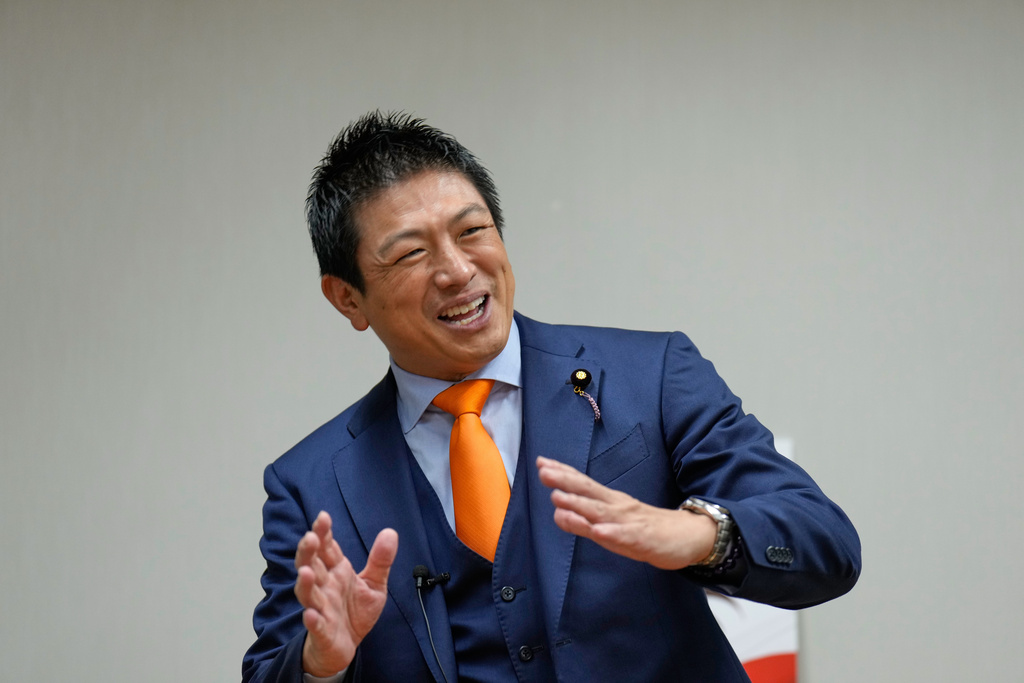
Sanseito (3 seats)
The far-right Sanseito is occasionally mentioned as a potential coalition partner. But with only a handful of seats in the lower house, it lacks the numbers to ensure the LDP can pass draft legislation. Still, the fast-growing party has tapped into the LDP’s right-wing base, a segment of the population the conservative candidates Takaichi and Kobayashi are looking to win back. The explosive emergence of Sanseito has played a role in shaping debates in the recent upper house election and the current leadership race, especially around immigration concerns.
Other policies:
- Cap total tax and social insurance burden at 35 percent of income and eventually phase out sales tax
- Provide 100,000 yen per month for all children aged 15 and under
- Invest 10 trillion yen to double food self-sufficiency, targeting 100 percent by 2050
- Tighten immigration policies, including new limits to land ownership by foreigners


